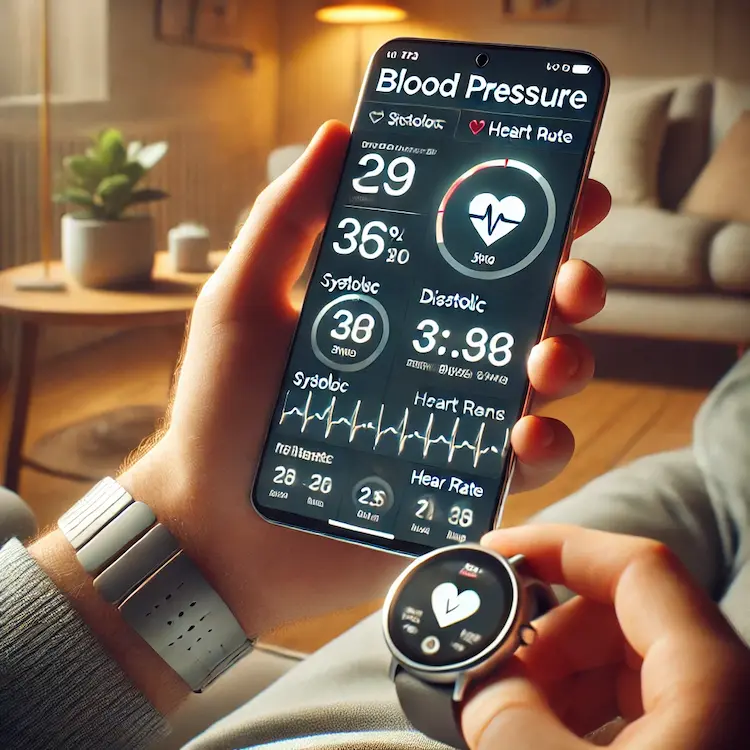Developing mobile applications for blood pressure monitoring has become increasingly significant in today’s health-conscious society. These apps offer users the convenience of tracking their blood pressure levels in real-time, providing valuable insights into their cardiovascular health. In the Philippines, where cardiovascular diseases are a leading cause of mortality, such innovations hold particular importance. This article delves into the development of these applications, their health and societal impacts, relevant statistics within the Philippine context, and offers practical advice for users.
Hypertension, or high blood pressure, is a major risk factor for cardiovascular diseases, including heart attacks and strokes. Regular monitoring is crucial for early detection and management. Mobile apps provide a user-friendly platform for individuals to monitor their blood pressure, set reminders for medication, and maintain logs to share with healthcare providers. This continuous monitoring can lead to better health outcomes by facilitating timely medical interventions.
In the Philippines, cardiovascular diseases account for a significant portion of morbidity and mortality. A study analyzing blood pressure screening results from the Philippines revealed that out of 89,941 participants, 53.3% were found to be hypertensive. Among these individuals, only 65% were aware of their condition, and 62.8% were on antihypertensive medication. Notably, only 38% of those with hypertension had their blood pressure under control.
These statistics underscore the need for effective blood pressure monitoring and management strategies. Mobile apps can bridge this gap by providing accessible tools for individuals to track their health metrics, thereby increasing awareness and promoting proactive health management.
Various approaches have been employed in developing blood pressure monitoring apps:
Cuffless Monitoring: Some apps aim to measure blood pressure without the traditional cuff. For instance, researchers at the University of Pittsburgh have developed an application that detects pulse pressure using only a smartphone. The app utilizes the phone’s accelerometer, camera, and touch sensors to measure blood pressure through a hand-raising motion while holding the smartphone.
Integration with Wearable Devices: Many apps integrate with wearable devices to provide continuous monitoring. For example, the SmartBP app allows users to log, monitor, and share blood pressure reports using iOS devices and Apple Watch. It enables users to record systolic and diastolic blood pressure, pulse rate, and weight, and automatically calculates body mass index (BMI), pulse pressure (PP), and mean arterial pressure (MAP).
Community-Based Digital Health Models: In rural areas of the Philippines, where access to healthcare is limited, community health teams equipped with ‘offline-first’ mobile health apps have been utilized. The ‘Padayon’ digital health model integrates coaching, screening, and medicine distribution into a subscription service delivered by digitized community members. This approach has shown potential in managing diabetes and hypertension in low-resource settings.
Each of these methods contributes to a broader understanding of blood pressure monitoring by offering diverse solutions tailored to different needs and contexts.

For individuals in the Philippines looking to manage their blood pressure effectively through mobile apps, consider the following steps:
Choose the Right App: Select an app that suits your needs. Ensure it is user-friendly, compatible with your device, and preferably integrates with any wearable devices you use.
Regular Monitoring: Consistently measure your blood pressure at the same time each day to maintain accurate records.
Data Sharing: Utilize features that allow you to share your blood pressure logs with healthcare providers for informed medical advice.
Stay Informed: Engage with community health programs that offer digital health services, especially in rural areas. The ‘Padayon’ model, for instance, provides access to screening and medications through community health teams.
Lifestyle Modifications: Complement app usage with healthy lifestyle choices, such as a balanced diet, regular exercise, and stress management techniques.
The development of mobile apps for blood pressure monitoring presents a promising avenue for enhancing cardiovascular health management, particularly in the Philippines. By leveraging technology, individuals can take proactive steps in monitoring their health, leading to improved outcomes and a reduction in hypertension-related complications.
Mobile apps offer convenient platforms for regular blood pressure monitoring.
In the Philippines, a significant portion of the population remains unaware of their hypertensive status, highlighting the need for accessible monitoring tools.
Various app-based methods, including cuffless monitoring and integration with wearables, provide diverse solutions for users.
Engaging with community-based digital health models can enhance access to healthcare services in rural areas.
Download a reputable blood pressure monitoring app compatible with your device.
Set daily reminders within the app to measure your blood pressure consistently.
Regularly share your blood pressure data with your healthcare provider for personalized advice.
Participate in local health programs that utilize digital tools for monitoring and managing hypertension.